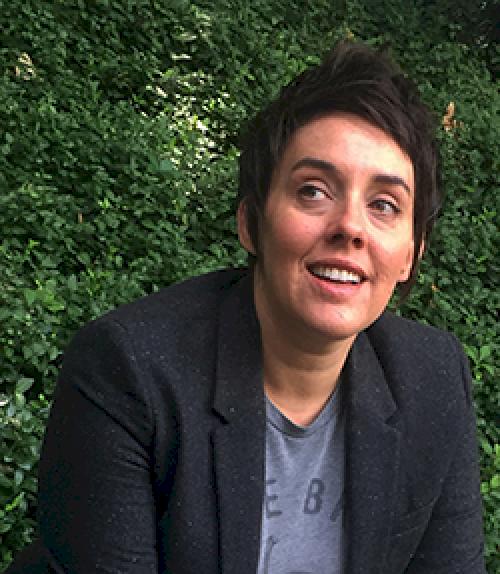Put The Customer Back In Your Mission
March 29, 2018 | Andrea Olson

A mission statement is a funny thing. They often sound wonky, cheesy, hokey, and even comical. Here are just a few real world examples:
"Our worldwide operations are aligned around a global strategy called the Plan to Win, which center on an exceptional customer experience--People, Products, Place, Price and Promotion." (McDonald's)
"To help make every brand more inspiring, and the world more intelligent." (Avery Labels)
"Our mission is to operate the best specialty retail business in America, regardless of the product we sell. To say that our mission exists independent of the product we sell is to demean the importance and the distinction of being booksellers." (Barnes & Noble, 2013)
"[To be] the leader in entertainment & hospitality–a diverse collection of extraordinary people, distinctive brands and best in class destinations." (MGM Resorts)
Or what about this: "It is our mission to continue to authoritatively provide access to diverse services to stay relevant in tomorrow's world." This last one was created by the Mission Statement Generator, which recombines nouns, verbs, and adjectives into prototypical mission statements that are delightfully sprinkled with meaningless corporate-speak.
So why do organizations spend so much time and effort on creating a mission statement that is often meaningless, non-distinctive, and frequently unknown or unhelpful to their employees? Even more importantly, each of these examples (and countless others) are all internally-focused. Nothing about the customer is discussed, barring a few that add "our customers" or "pleasing customers."
Why is this an issue?
Because you can't become "the leader in entertainment & hospitality" if you don't understand who you're working to serve. It also doesn't explain what the organization is trying to accomplish from the customer's perspective. This internally-focused approach shapes employee mentality around the company, not the customer. It indoctrinates employees around roles, functions, and activities, rather than a higher, customer-centric goal.
Customers drive business. Not revenue, not products, not sales–all of these are results of customer engagement, where the organization identifies and addresses a customer need. Without the customer in the equation, the mission statement simply focuses on the basic operational aspects of the company. As organizations continue to struggle with becoming more "customer focused," working with these types of mission statements contradict and thwart that effort. Yet it's not about working to change your mission statement, but to create a Customer Mission.
The Customer Mission
The Customer Mission is an organizational scope and approach for engaging and collaborating with customers. It centers on organizational philosophy and a standard of behavior. It provides a clear purpose for employees, beyond making widgets or generating revenue. It serves as the basis for what the organization is trying to achieve each and every day for their customers.
A great example of a Customer Mission comes from Ritz-Carlton:
"The Ritz-Carlton Hotel is a place where the genuine care and comfort of our guests is our highest mission. We pledge to provide the finest personal service and facilities for our guests who will always enjoy a warm, relaxed, yet refined ambience."
How does this statement differ from the others?
It focuses on the purpose for each and every employee–the genuine care and comfort of their guests. It also shapes a clear organizational standard–that the finest personal service and facilities are provided to guests. Nowhere does it fold in corporate-speak or vague language. (Read more about it here.)
Compare this to the Mandarin Oriental Hotel Group:
"Our mission is to completely delight and satisfy our guests. We are committed to continual improvement, to making a difference every day and to being the best. Our guiding principles underpin everything that we do on a daily basis, ensuring that we operate to the highest possible standards."
Though well intended, what does it mean? Even with the short statement at the beginning about 'delighting and satisfying guests', the organization is the focus, not the customer. What are the highest standards? How can an employee make a difference every day, and how does that impact the customer? What does it mean to be the best, and is that for organization, or the guest?
It's time to put the customer back in your mission. If you want to truly become a customer-centric organization, it's the best place to start.
Andrea Olson is CEO at Prag’madik. Email her at andrea.olson@pragmadik.com.
